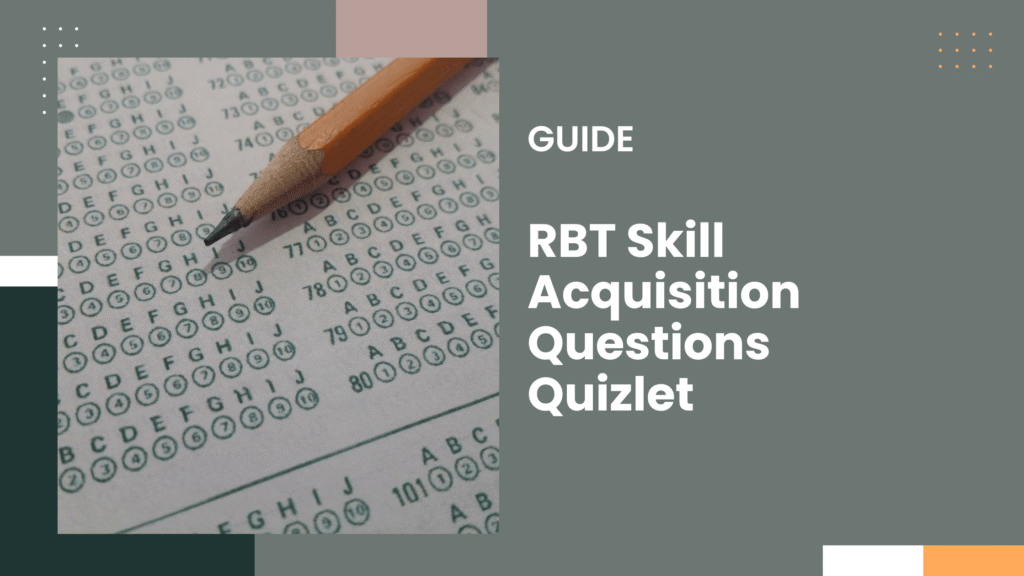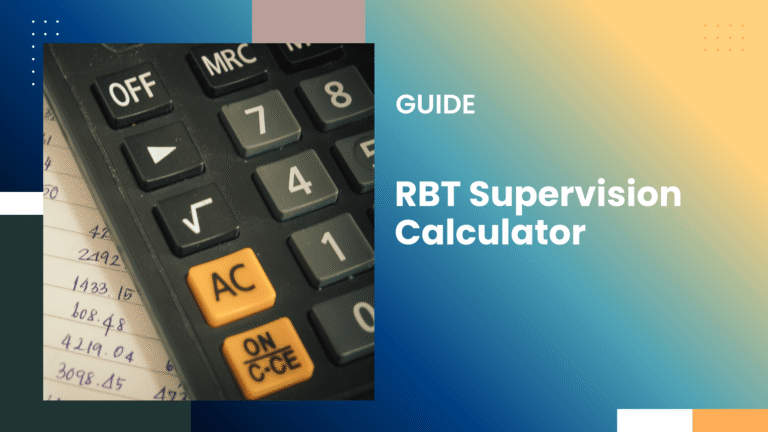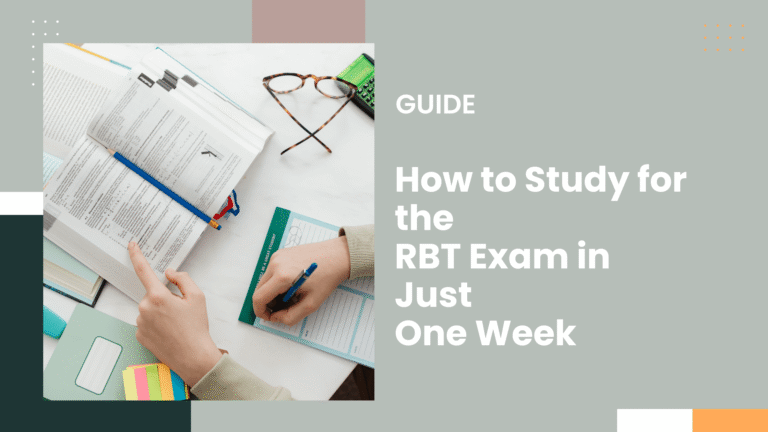RBT Skill Acquisition Questions Quizlet | 15 Practice Mock 2025

Prepare for the RBT Skill Acquisition Questions Quizlet section with our expert-designed mock. Cover key topics like reinforcement, prompting, and chaining. Practice now on our website to boost your confidence and improve your chances of passing the RBT exam.
RBT Study Prep- Section C Skill Acquisition
What is RBT Skill Acquisition Test?
RBT Skill Acquisition Test focuses on your understanding of skills needed to support individuals in learning new behaviors.
This area of the exam is more than academic—it’s directly tied to the quality of care provided to clients and families.
Roughly 32% of the RBT exam is dedicated to skill acquisition, making it a high-stakes area for test-takers and a critical competency for professionals in the field.
Skill Acquisition in ABA
1. Skill Acquisition Plans
Every effective ABA program begins with a clearly written plan.
This blueprint outlines how specific behaviors or skills will be taught and measured.
RBTs must demonstrate fluency in creating, reading, and following these plans.
2. Identifying Target Behaviors
Success in ABA starts with precision.
So, the ability to define the target behavior or skill—what exactly is being taught—ensures focus and measurable outcomes.
3. Assessment and Measurement
RBTs must be equipped to assess a learner’s current abilities and track progress over time. This includes knowing how to conduct baseline assessments and interpret data effectively.
4. Mastery Criteria
Setting appropriate benchmarks for success is essential.
RBTs should understand what constitutes mastery and how to determine when a skill is fully learned.
5. Data Collection Procedures
You must have a Reliable, consistent data collection that forms the foundation for informed decision-making.
Your RBTs must be trained in collecting and analyzing behavioral data to adjust teaching methods as needed.
6. Teaching New Skills:
You should be prepared to use various teaching materials and strategies in your plans.
For example, hands-on activities, visuals, or role-playing can enhance learning.
Skill Areas:
- Communication: Teaching effective ways for clients to express themselves.
- Daily Living Skills: To help clients learn tasks like dressing or personal hygiene.
- Social Skills: You must encourage interaction and cooperation with others.
RBT Terms
RBT exam on skill acquisition is crucial, and this section accounts for about 32% of the total questions.
- What is reinforcement? Positive reinforcement strengthens a behavior by adding a desirable item. Negative reinforcement strengthens a behavior by removing an unpleasant item.
- Describe prompting: Prompts help guide a learner’s behavior towards the desired action.
- What is task analysis? Task analysis breaks down a complex skill into smaller, teachable steps and each step is taught individually before combining them for the complete task.
- How does chaining work? Chaining is a method used to teach a sequence of behaviors. It can be forward, backward, or total-task chaining.
- Differentiate between DTT and NET.
- DTT (Discrete Trial Training) involves structured teaching sessions.
- NET (Natural Environment Training) occurs in everyday situations.
- What role does shaping play? Shaping gradually teaches a new behavior by reinforcing closer approximations.
RBT Questions/Quiz
Testing your knowledge before the Registered Behavior Technician (RBT) exam is important.
Here are some quiz questions to help you practice key concepts related to skill acquisition.
Quiz Questions
- What is task analysis?
A) A type of reinforcement
B) Breaking a task into smaller steps
C) A behavior management technique
D) A form of prompting
Correct Answer: B
Why: Task analysis helps in teaching complex skills by breaking them down into manageable parts. - Which of the following is a type of reinforcement?
A) Prompting
B) Shaping
C) Positive reinforcement
D) Chaining
Correct Answer: C
Why: Positive reinforcement increases the likelihood of a behavior by adding a desirable stimulus following the behavior. - What is prompting?
A) Providing rewards
B) A physical or verbal cue to encourage a behavior
C) Breaking down tasks
D) Observing behavior
Correct Answer: B
Why: Prompts help guide learners toward the desired response by offering cues. - What does shaping involve?
A) Reinforcing every correct response
B) Gradually reinforcing closer approximations to the target behavior
C) Giving verbal feedback
D) Using physical assistance
Correct Answer: B
Why: Shaping is used to develop a new skill by reinforcing increasingly accurate attempts. - Which of the following describes chaining?
A) Teaching multiple skills at once
B) Reinforcing only end behaviors
C) Linking together a series of behaviors
D) Offering verbal explanations
Correct Answer: C
Why: Chaining teaches a sequence of behaviors as one continuous action, where each step cues the next. - What is the purpose of reinforcement schedules?
A) To break tasks into steps
B) To decide when to give reinforcement
C) To prompt desired behaviors
D) To observe behavior patterns
Correct Answer: B
Why: Reinforcement schedules determine how often reinforcers are given, guiding learning rates.
Use these questions to enhance your preparation for the RBT exam. Good luck!
My personal advice would be to review each task on Section C of the RBT Task List and Practice using real-life scenarios to implement skills.
By the way, regularly assessing the progress of your client and adjusting plans as needed is a key to ace this section.







